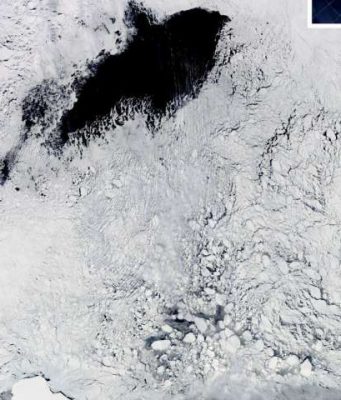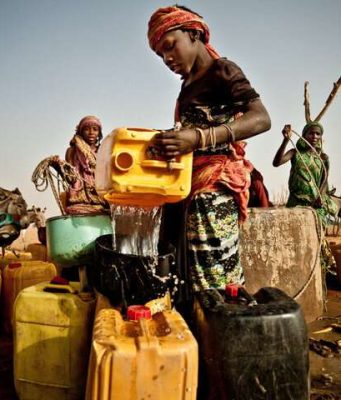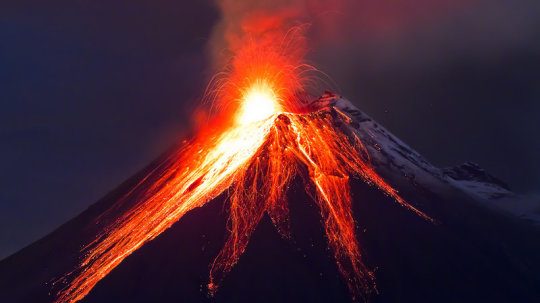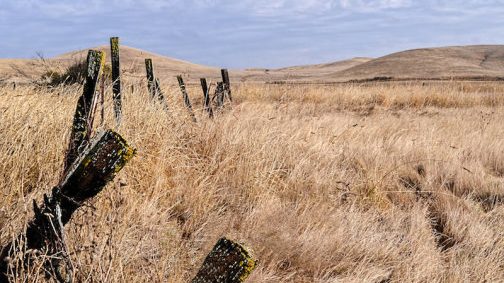A vast region of Africa affected by drought and changing land use emits as much carbon dioxide each year as 200 million cars, research suggests.
Observations from two satellites have consistently shown emissions over northern tropical Africa of between 1...
The development of new hunting projectiles by European hunter-gatherers during the Mesolithic may have been linked to territoriality in a rapidly-changing climate, according to a study published July 17, 2019 in the open-access journal PLOS ONEby Philippe Crombé from Ghent...
A University of Arizona-led team has nailed down the temperature of the last ice age—the Last Glacial Maximum of 20,000 years ago—to about 46 degrees Fahrenheit (7.8 C).
Their findings allow climate scientists to better understand the relationship between today's rising levels...
The journal Nature retracted a study published last year that found oceans were warming at an alarming rate due to climate change.
The prestigious scientific journal issued the formal notice this week for the paper published Oct. 31, 2018, by researchers at the...
How did events like the Black Death plague impact the economy of Medieval Europe? Particles of lead trapped deep in Arctic ice can tell us.
Commercial and industrial processes have emitted lead into the atmosphere for thousands of years, from...
The molten rock that feeds volcanoes can be stored in the Earth's crust for as long as a thousand years, a result which may help with volcanic hazard management and better forecasting of when eruptions might occur.
Researchers from the...
Like the eponymous character in Shel Silverstein's classic children's tale, trees are generous with their gifts, cleaning the air we breathe and slowing the ravages of global warming by absorbing about a quarter of all human-caused carbon dioxide emissions....
A team of scientists has successfully teased out the influence of human-caused climate change on wintertime precipitation over much of the last century, showing that the warming climate is significantly altering wintertime rainfall and snowfall across the Northern Hemisphere.
The...
Increased solar radiation penetrating through the damaged ozone layer is interacting with the changing climate, and the consequences are rippling through the Earth's natural systems, effecting everything from weather to the health and abundance of sea mammals like seals...
About a dozen megadroughts struck the American Southwest during the 9th through the 15th centuries, but then they mysteriously ceased around the year 1600. What caused this clustering of megadroughts -- that is, severe droughts that last for decades...
Climate change could affect the regularity of summer afternoon thunderstorms in some parts of the world, according to new research.
A new study in the AGU journal Geophysical Research Letters modeled weather patterns in western Germany, northern France and parts of Belgium, the...


















